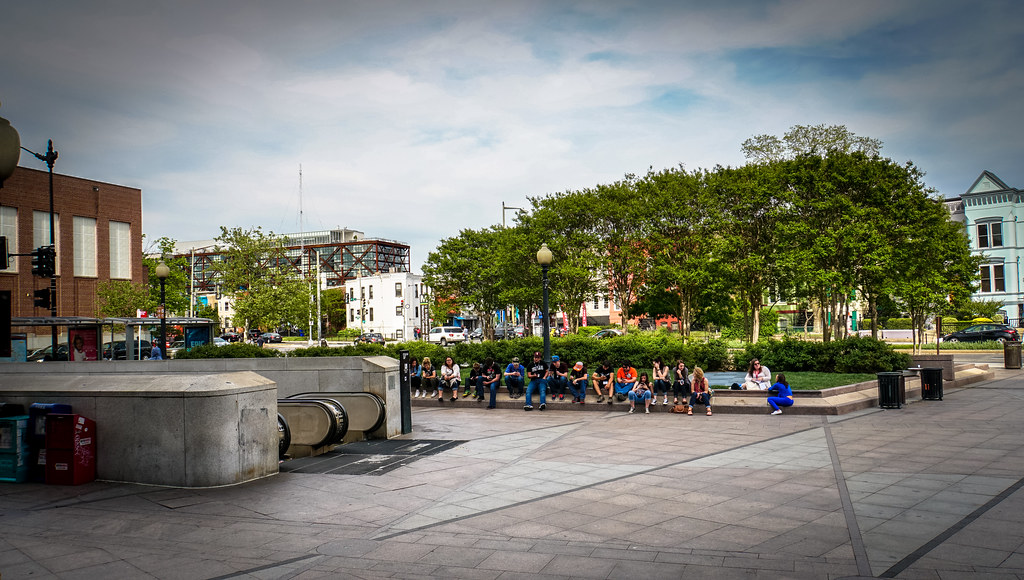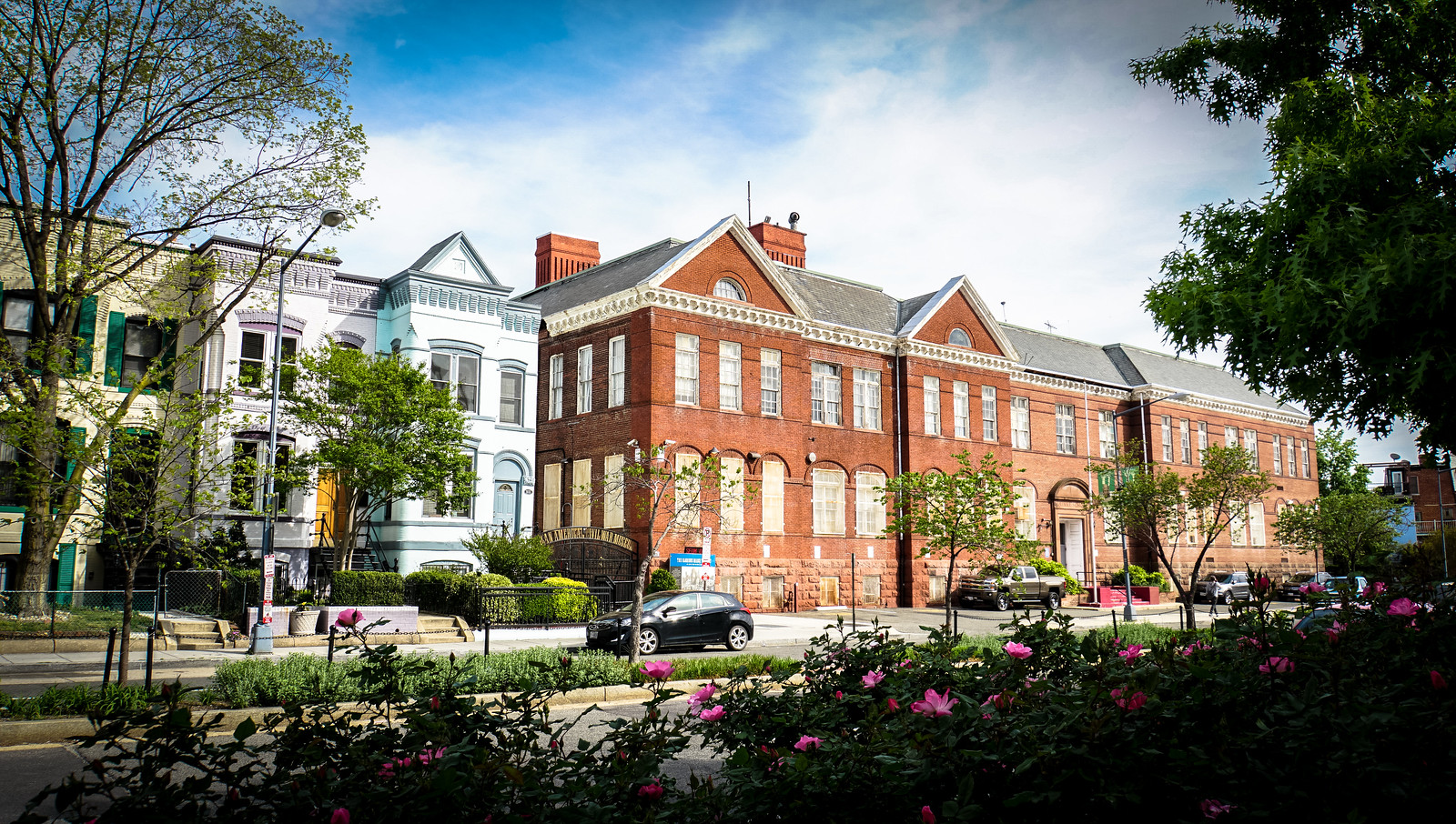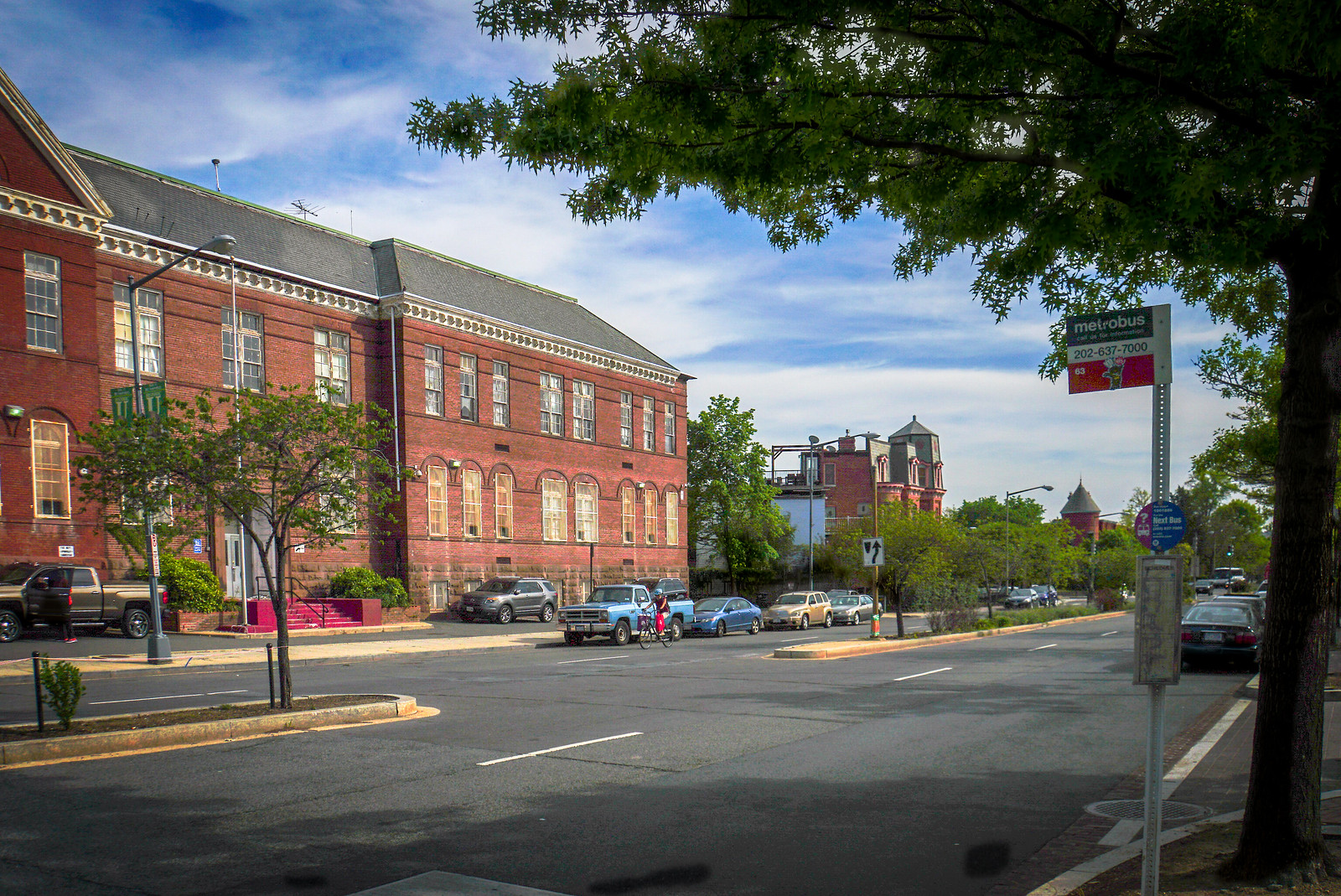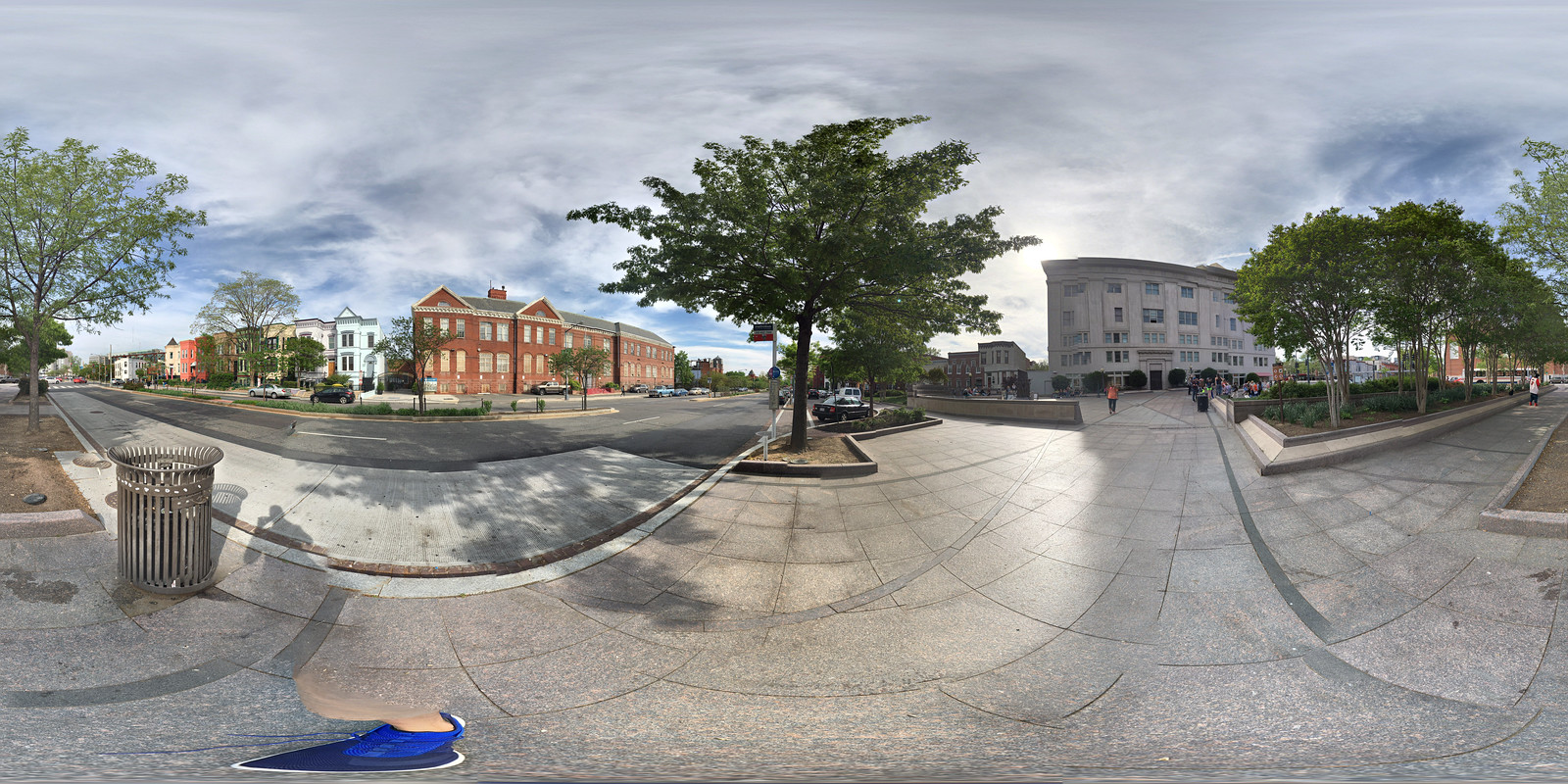The persistent and forceful campaign, which the Washington Council [of the National Negro Congress] and allied organizations have waged against police brutality in Washington, has been one of the most significant battles for civil rights and personal freedom and security ever conducted in the District of Columbia.
This very complete historical account of the fight against police brutality from 1936-1941 in Washington, DC Shootings by DC Police Spark Fight Against Brutality 1936-41 | Washington Area Spark tells the story of Vermont Avenue’s presence in the earliest marches for personal freedom, 80 years after Abraham Lincoln traversed this road to reach his refuge in Northwest Washington, DC.
They happened during a time when African American people felt powerless at the hands of the Washington, DC police force.
Photos below are from a pre-metro station, pre-African American Civil War Memorial 10th and U Street, NW, where they intersect with Vermont Avenue.







The different ways newspapers reported events in 1941
The Afro-American:
D.C. citizens march to protest meet against police brutality. (1941, Sep 27). Afro-American (1893-1988) Retrieved from http://search.proquest.com/docview/531302266?accountid=46320
(you can view the article online here)
The Washington Post:
500 negroes protest ‘brutal’ district police. (1941, Sep 15). The Washington Post (1923-1954) Retrieved from http://search.proquest.com/docview/151433287?accountid=46320
(DC library patrons can see the page by clicking on the link above)
And a virtual reality view. To appreciate it, you should click over to Flickr where it will be assembled for you into a sphere.

14 years later and a few blocks away, Thurgood Marshall would work to end school segregation. 27 years later, Vermont Avenue would host one of the century’s most important leaders, and witness the destruction of the city around it when he was assassinated.
Note: Taking a little diversion into Washington, DC (one of the three foci of this blog) and specifically Vermont Avenue over the next week.
Next: How Vermont Avenue became a nidus for the LGBTQ rights movement in Washington, DC and eventually the United States.
Thanks Washington Area Spark for documenting Washington, DC so well.
If you live in Washington, DC and want to be a part of this history, please join us this weekend as we plant Vermont Avenue, Northwest.